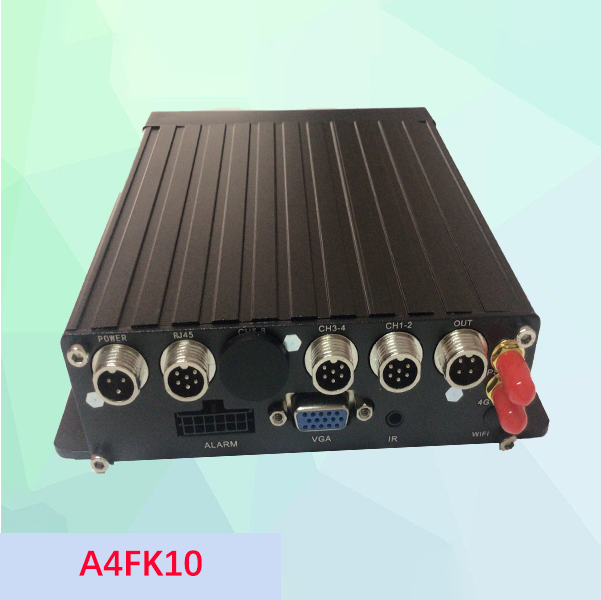Car DVRs (Digital Video Recorders) have become essential tools for drivers, providing invaluable footage in the event of an accident or dispute. However, one of the main concerns with DVR footage is protecting and securing this data to prevent loss. Here’s a guide on how to back up and secure your car DVR footage effectively, without using cloud storage.
Use High-Quality SD Cards
The first step to securing your car DVR footage is choosing a high-quality SD card. A reliable SD card with a high write speed can handle the continuous recording demands of your DVR. Opt for an SD card from a reputable brand, and ensure it is compatible with your DVR device. Ideally, select a card with at least 64GB of storage, so it can hold several hours of footage without overwriting older files too quickly. Periodically format the SD card to maintain its efficiency and reduce the risk of corruption.
Regularly Transfer Footage to External Storage
Backing up your footage on external storage devices, like a USB drive or external hard drive, is an effective way to prevent data loss. Regularly remove the SD card from the DVR, connect it to your computer, and transfer the video files to your chosen external storage. To stay organized, create folders for each day or trip to make it easier to locate footage later if needed.
When selecting external storage, consider durability and portability. SSDs (Solid State Drives) are particularly useful as they are more resistant to physical damage than traditional hard drives, and they offer faster data transfer speeds. Keep the external storage device in a safe place, ideally separate from the car, to ensure your backup is secure in case of theft or an accident.
Schedule Consistent Backups
Developing a consistent backup schedule is essential for protecting your footage. For daily or regular commuters, transferring data weekly ensures you don’t lose essential footage in case of an SD card failure. For occasional users, monthly backups may suffice. Set reminders to perform these backups to avoid relying on memory, and ensure your footage is up-to-date.
For convenience, consider using an OTG (On-the-Go) adapter, which allows you to connect your DVR’s SD card directly to a smartphone or tablet. Many mobile devices can read SD cards via this adapter, enabling you to back up footage without needing a computer. This method is especially useful for on-the-go backups.
Enable File Encryption on Backup Devices
Protecting your footage involves more than just backing it up. Encrypting your backup device adds a layer of security, preventing unauthorized access if the device is lost or stolen. Most computers and external drives support encryption software, which encodes files and requires a password to access them. This measure is particularly important if your footage may serve as evidence in legal matters.
Utilize Physical Security Measures
Storing your backup device securely is essential. Consider investing in a small, fireproof safe for storing backup drives. This adds protection from physical threats such as fire or water damage and keeps your footage secure from unauthorized access.
Keep the DVR Firmware Updated
DVR manufacturers frequently release firmware updates to fix bugs, enhance security, and add new features. Check for updates regularly to ensure your DVR functions optimally. Updated firmware can reduce the risk of corrupted files and ensure compatibility with SD cards and storage devices, improving the reliability of your footage.

Protect your vehicle and its valuable footage with MacFaith E-Technology Co., Ltd. Our advanced vehicle surveillance solutions are designed to help you back up and secure your car DVR footage. With cutting-edge technology like AI-powered mobile DVRs for vehicles, our systems offer real-time detection, tracking, and evidence recording to safeguard against accidents and false claims.
Take control of your safety and secure your car DVR footage with our fireproof DVRs. Contact us now.


